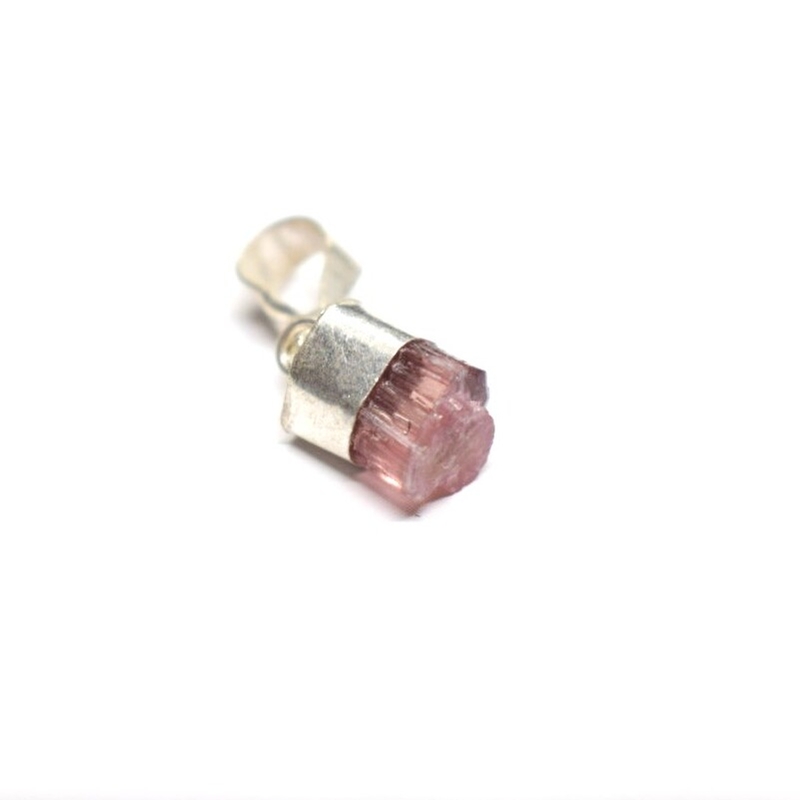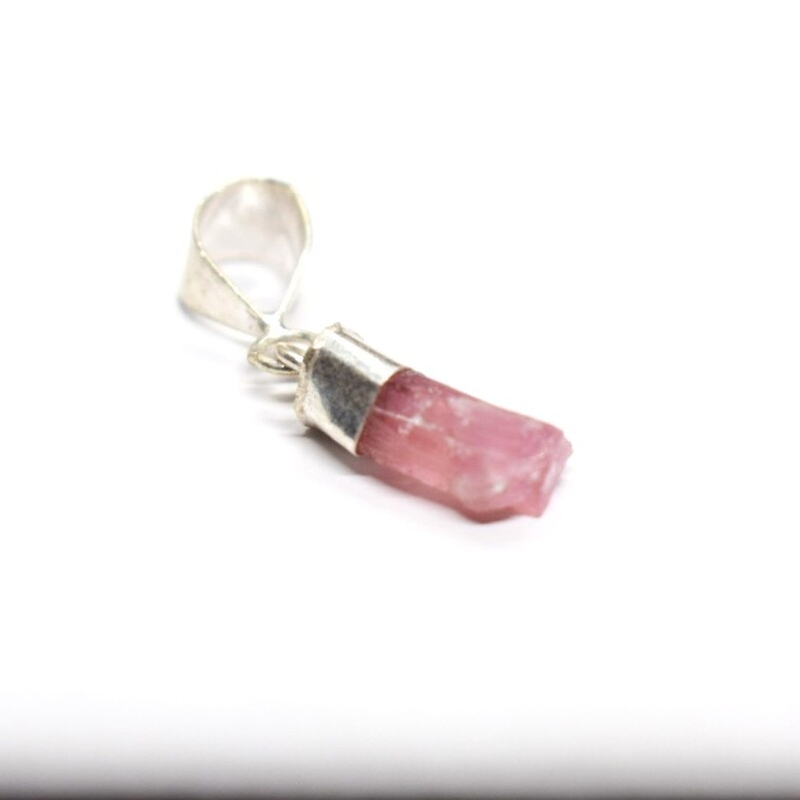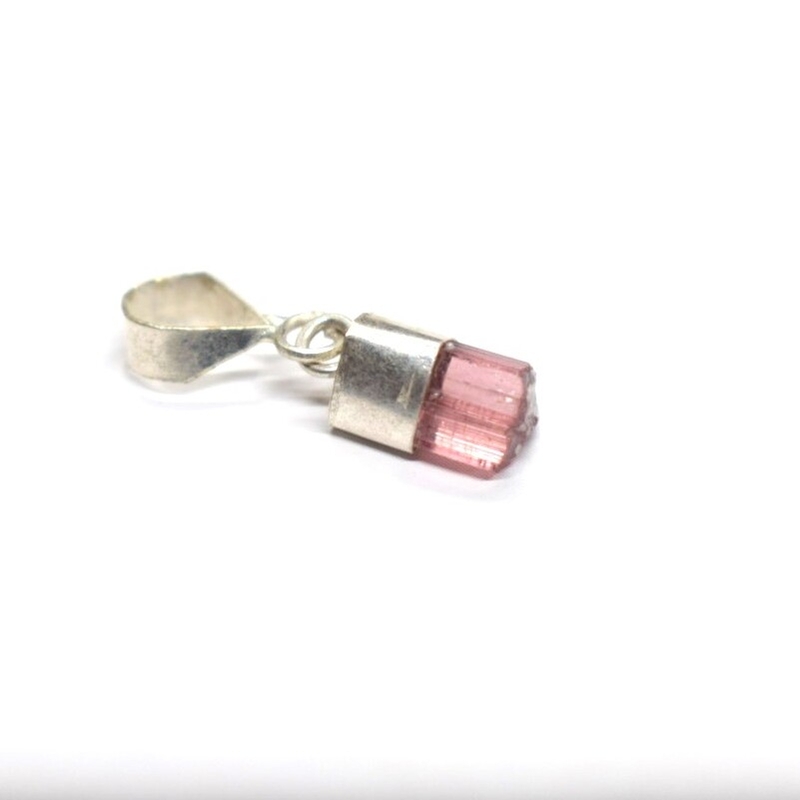Tourmaline
Embrace the beauty and elegance of Tourmaline pendant and let it add a touch of sophistication and wonder to your collection
Discover the captivating beauty and unique properties of our natural tourmaline gemstone
Known for its wide range of vibrant colors, the highly sought-after gemstone tourmaline enhances any jewelry collection with each stone meticulously cut and polished to bring out its natural brilliance and luster.
Granite, granite pegmatites, metamorphic rocks such as schist, and marble are where one can find tourmaline. Schorl and lithium-rich tourmalines usually occur in granite and granite pegmatite, while magnesium-rich tourmalines, dravites, mostly appear in schists and marble. As a durable mineral, tourmaline also occurs in minor amounts as grains in sandstone and conglomerate, contributing to the ZTR index for highly weathered sediments.
The Dutch East India Company brought brightly colored Ceylonese gem tourmalines to Europe in great quantities to satisfy a demand for curiosities and gems. Tourmaline was sometimes known as the “Ceylonese Magnet” because it could attract and then repel hot ashes due to its pyroelectric properties.
In the 19th century, chemists used tourmalines to polarize light by shining rays onto a cut and polished surface of the gem.
Chiefly, miners extract gem and specimen tourmaline in Brazil and many parts of Africa. Including Tanzania, Nigeria, Kenya, Madagascar, Mozambique, Malawi, and Namibia. Moreover, mining occurs in Asia, notably in Pakistan, Afghanistan, and Indonesia. As well as in Sri Lanka and India, where placer material suitable for gem use is found.
-
Physical Characteristics
- Color: Available in a wide range of colors. Including pink, green, blue, yellow, red, black, and bi-colored varieties (such as watermelon tourmaline).
- Luster: Vitreous (glassy) to slightly resinous.
- Hardness: 7 to 7.5 on the Mohs scale.
- Shape and Cut: Commonly found in faceted cuts, cabochons, and beads. Shapes include oval, round, emerald, and baguette.
- Size: Varies greatly, with sizes ranging from small accent stones to large centerpiece gems.
Origin and Formation
- Origin: Mined in several countries including Brazil, Afghanistan, Nigeria, Mozambique, Madagascar, and the United States.
- Formation: Formed in igneous and metamorphic rocks through hydrothermal processes over millions of years.
Metaphysical Properties
- Chakra : Different colors are believed to align with different chakras. For example, people associate green tourmaline with the heart chakra, while they link blue tourmaline to the throat chakra.
- Healing Properties: Thought to boost vitality, reduce stress, and enhance mental clarity.
- Emotional Benefits: Promotes balance, peace, and emotional stability.
Uses and Applications
- Jewelry: Widely used in rings, earrings, necklaces, bracelets, and pendants due to its stunning variety of colors and durability.
- Collectibles: Sought after by gem enthusiasts and collectors for its rarity and beauty.
- Healing Practices: Used in crystal healing and meditation practices for its reputed energy-balancing properties.



Reviews
There are no reviews yet.